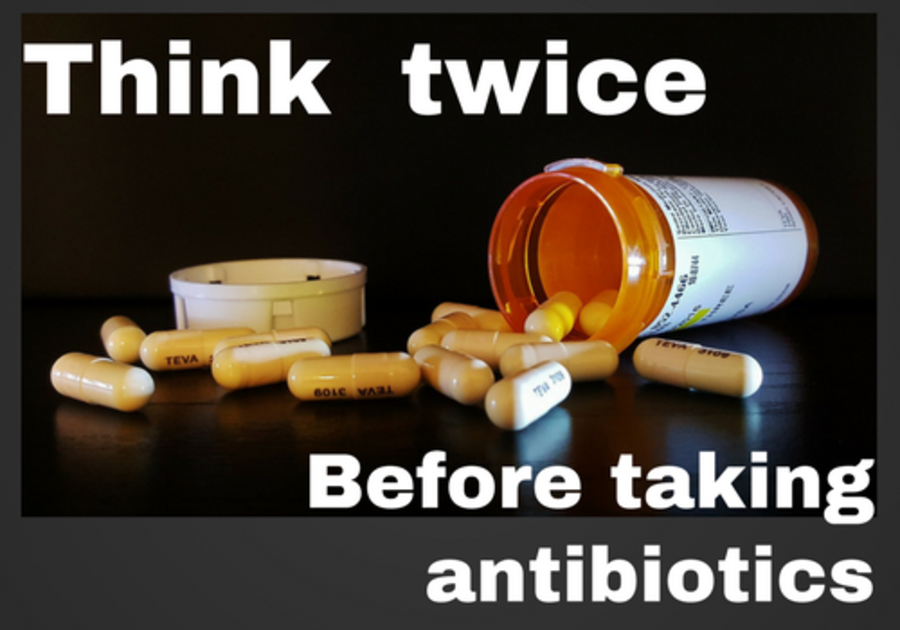Antibiotics are among the most frequently prescribed medications for children. One out of every five pediatric acute-care visits resulted in a prescription for antibiotics. This means that by age 20, the average American child has received 17 courses of antibiotics. While they are absolutely necessary for bacterial infections to stop the spread of the disease and even save lives, there may be times when you should think twice?
Antibiotics are ineffective for viral infections. They can cause damage to your child’s gut biome, metabolism and immune system. When you take an antibiotic by mouth, it is absorbed in your gut and enters the bloodstream from there. Once in circulation, it travels to all of your organs and tissues, destroying bacteria wherever it finds them. Broad-spectrum antibiotics are especially adept killers, targeting a wide variety of bacteria, including many beneficial microbes.
A 2016 study showed that one single antibiotic treatment can lead to serious and long-term changes to the gut microbiota. In Finnish children, a single course the drugs erythromycin, azithromycin or clarithromycin caused major changes in the gut microbiota. These changes were not reversed until nearly two years after the antibiotic course was completed.
Asthma was almost twice as likely to develop in children who had received antibiotics in the first year of life than those who had not been treated with the drug. This risk was highest in children receiving more than four courses of antibiotics, and especially those receiving broad-spectrum antibiotics like cephalosporin. The risk of food allergy also increases with the increasing number of antibiotic courses.
Antibiotics can have an impact on metabolic health and body weight. Early life antibiotic use has shown to increase a person’s risk of being overweight in later life. In animals, even a short-term disruption in the small intestine led to lifelong changes in body composition.
The most important step you can take toward reducing your family’s antibiotic use is preventing the need for this treatment in the first place. Here are five key steps:
- Feed your family a nutrient-dense, whole foods diet reducing the likelihood, frequency and severity of infections.
- Encourage frequent handwashing. This practice reduces exposure to infectious germs. A good habit to develop in children is to wash hands just after they get home from school or other outings, in addition to the typical times (before meals, after using the restroom, etc.).
- Consider supplemental nutrients that can prevent or shorten the duration of infections.
- Support the consumption of fermented foods and fermentable fiber to support gut health. Offer supplemental probiotics and prebiotics.
- Learn about botanical remedies that can shorten the duration of viral infections, improve immunity and provide symptom relief.
If your doctor prescribes an antibiotic, ask him/her whether it is truly necessary. Make certain that the condition is bacterial in origin and whether the condition requires antibiotics or may safely resolve on its own without them. “Watching and waiting” is a valid strategy that is often preferable to treating with antibiotics.



